Blow Molding vs. Injection Molding: What’s the Difference?
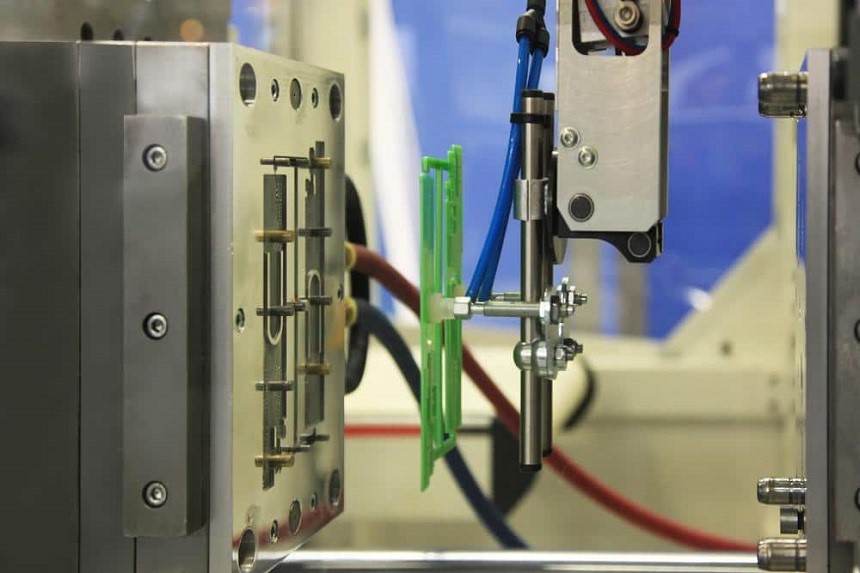
If you’re in the market for manufacturing plastic products, you may be wondering what the difference between blow molding and injection molding is. You can use both processes to create complex plastic products, but they are different in some crucial ways.
Keep reading this blog to explore the main differences between blow and injection molding to make the best decision for your next project.
The Basics of Blow and Injection Molding
When it comes to producing plastic products, there are two main methods, including blow and injection molding. Both processes produce plastic products, but here’s a quick overview of their basic procedures:
Blow Molding
Blow molding is a complicated technique where molten plastic is squeezed into a mold cavity. Once the machine cools and solidifies the plastic, it opens the mold to directly eject the product.
Blow molding is the process of shaping molten plastic into a hollow product. Consider using a mold to shape the plastic and then blow air into the mold to spread out the plastic and fill the mold. This method can make hollow parts with a uniform wall thickness, such as bottles and containers.
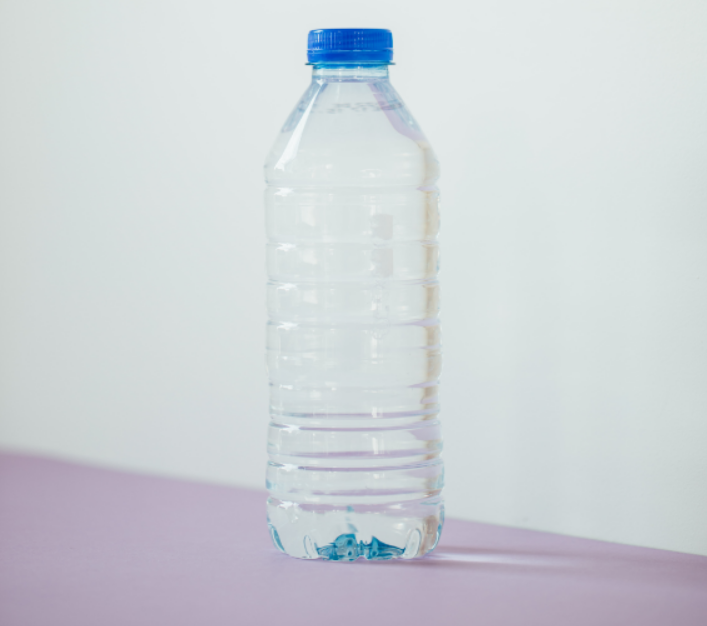
Injection Molding
Plastic injection molding is a manufacturing process for creating plastic products by injecting molten plastic into a mold. You can use this process to build multiple products, including food containers, automotive parts, electrical appliances, cosmetic products, and toys.
The injection molding process begins with melting the plastic. Once the plastic is molten, the machine injects it into the mold under high pressure. The machine cools the mold and solidifies the plastic into the desired shape. Undoubtedly, injection molding is a fast and efficient way to produce a huge quantity of identical plastic products.
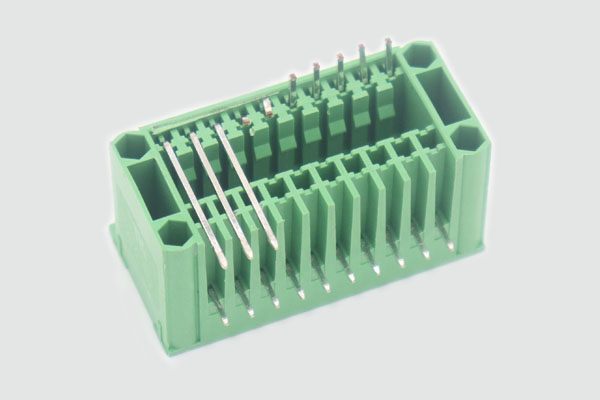
Air Usage
One of the major differences between blow molding and injection molding is the amount of air used in each process. Blow molding requires significantly more air than injection molding because the air is used to inflate the molten plastic into the mold.
Injection molding uses very little air since the machine infuses plastic into the mold under high pressure. Your final product can have bubbles if your injection molding production setup has a lot of air. If you want injection molded products from a manufacturing company, we suggest you check their production methods beforehand to ensure you get bubble-free products.
Types Of Products
You can create two main types of products through plastic manufacturing processes – hollow and solid products. Injection molding is best suited for creating solid products, while blow molding is better suited for creating hollow products.
Hollow products are lighter in weight and have minimal production cost than solid products. They are also easier to ship and store since they take up less space. However, they aren’t as strong or durable as solid products.
It’s no secret that solid products are stronger than hollow products, but they are also more expensive to produce. They are also heavier and take up more space, making them more difficult to supply. With the supply chain crisis growing, you must think about different strategies to deliver your solid products efficiently.
So, which product is right for you? It depends on your needs and budget. Blow molding may be the way to go if you need a quick turnaround and aren’t concerned about minor imperfections. If you need a more accurate product and are willing to pay more, injection molding is probably your best bet.
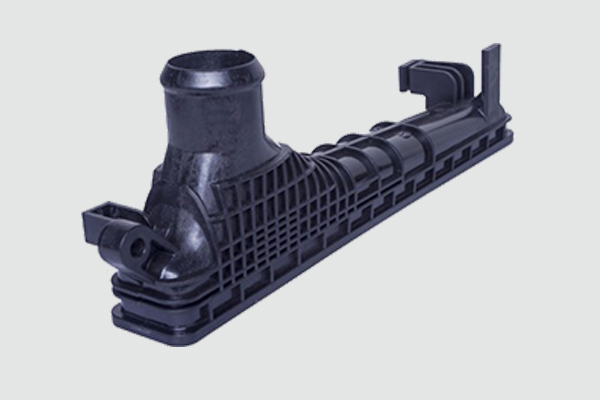
Production Costs
If you’re a business owner, you’re probably always looking for ways to increase production and cut costs. But with rising global inflation, decreasing costs seems like a distant reality for entrepreneurs. We recommend you focus on cost-cutting methods to minimize production costs and amplify your supply.
Even though injection molding is slightly more expensive than blow molding, it’s still a better option as it offers a higher return on your investment. Injection molding provides a few cost advantages.
For example, you can use injection molding to create products with thicker walls, which can save material costs. In addition, injection molding is quicker than blow molding, and it can minimize labor costs.
Which Molding Process is Better for Your Company?
Injection molding is a popular manufacturing method for creating plastic products. Injection molding is beneficial because of various reasons, including the ability to build complex shapes, a high degree of accuracy, and a rapid manufacturing process. Injection molding is also versatile, as it can help your company make products from various materials.
You can use blow molding to create a wide variety of products, from simple objects like bottles to more complex items like car parts. You can conduct blow molding to create products in different shapes and sizes. Another benefit of blow molding is that it is a relatively quick and easy method. Blow molding is a more cost-effective than injection molding because it requires less machinery and material to complete production. Also, blow molding may be the best option if you’re working on a budget.
Both processes have unique benefits that make them ideal for different projects. Ultimately, the best manufacturing decision for your project will come down to external factors, including cost, production time, product complexity, and more.
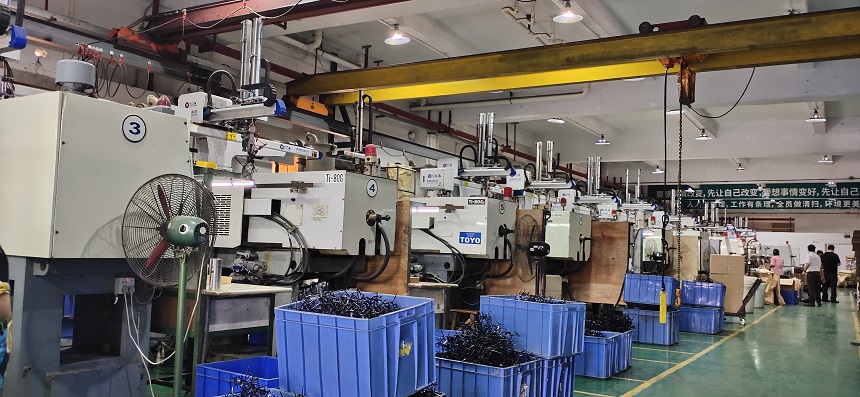
A Reliable Plastic Injection Molding Company in China Can Assist You!
Looking to use injection molded products? You’ve made the right decision! However, finding a reliable plastic injection molding manufacturer isn’t easy. We recommend you connect with our experts at PTMS.
We’ve been working in the manufacturing industry since 2002, delivering top-class products to clients in America, Europe, Russia, Japan, and Australia. We manufacture several parts, including plastic, silicone, metal stamping, and die casting parts. We aim to help you streamline supply management by delivering products on time.
Reach out to the team at PTMS for more details about our high-quality injection molded products.
